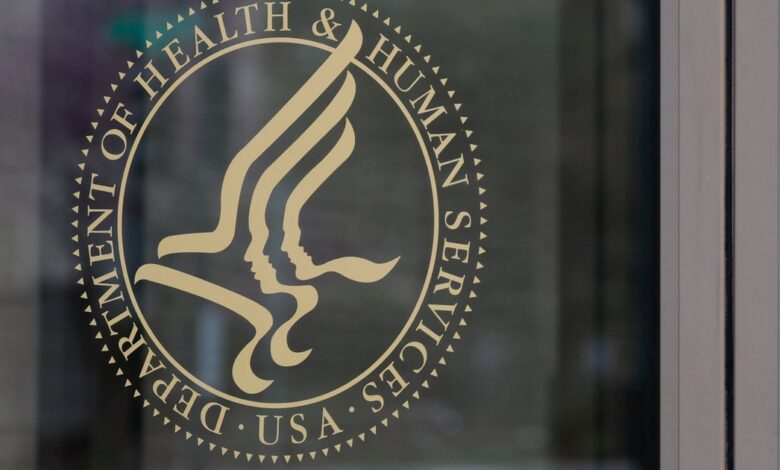Trump HHS eliminates office that sets poverty levels tied to benefits for at least 80 million people

President Donald Trump’s recent firings at the Department of Health and Human Services have had significant repercussions, particularly with the dismissal of the entire office responsible for setting federal poverty guidelines. This office, housed within the Office of the Assistant Secretary for Planning and Evaluation (ASPE), played a crucial role in determining the eligibility of millions of Americans for essential health programs such as Medicaid, food assistance, child care, and other services.
The abrupt nature of these firings has left many officials puzzled, with some speculating that offices with a focus on data and statistics were targeted. Among those let go was Kendall Swenson, a key figure in the development of the poverty guidelines for many years. The sudden removal of this office could potentially result in cuts to assistance for low-income families unless the Trump administration takes steps to restore these positions or assign their duties elsewhere.
The poverty guidelines are essential for numerous individuals and programs, providing a framework for determining eligibility for various forms of assistance. The process of creating these guidelines involves intricate adjustments and calculations, a task that Swenson and the team meticulously carried out each year. With their expertise now gone, there is a risk that essential services for vulnerable populations could be compromised.
The recent staff reductions at HHS, which have seen the merging of ASPE with the Agency for Healthcare Research and Quality (AHRQ), have raised concerns about the agency’s ability to fulfill its statutory obligations. The lack of continuity and knowledge transfer resulting from these abrupt firings could have far-reaching implications for the millions of Americans who rely on these programs for support.
While HHS has defended the firings as part of a broader effort to streamline operations, critics argue that the decision-making process behind these cuts lacks transparency and coherence. The failure of Secretary Robert F. Kennedy Jr. to address these concerns before congressional committees has only fueled speculation about the motivations behind these drastic workforce reductions.
As the fallout from these firings continues to unfold, there is a growing sense of uncertainty about the future of critical health programs and services. The potential impact on Medicaid, food assistance, and other means-tested programs underscores the importance of maintaining a skilled and knowledgeable workforce within HHS. Without swift action to address these concerns, the most vulnerable members of society could be left without vital support systems.
In conclusion, the recent firings at HHS have raised serious questions about the administration’s commitment to serving the needs of low-income Americans. The abrupt nature of these cuts and the lack of clarity surrounding their rationale have created a climate of uncertainty and concern within the agency. As lawmakers and advocates call for greater transparency and accountability, the fate of millions of individuals who rely on federal assistance hangs in the balance.





